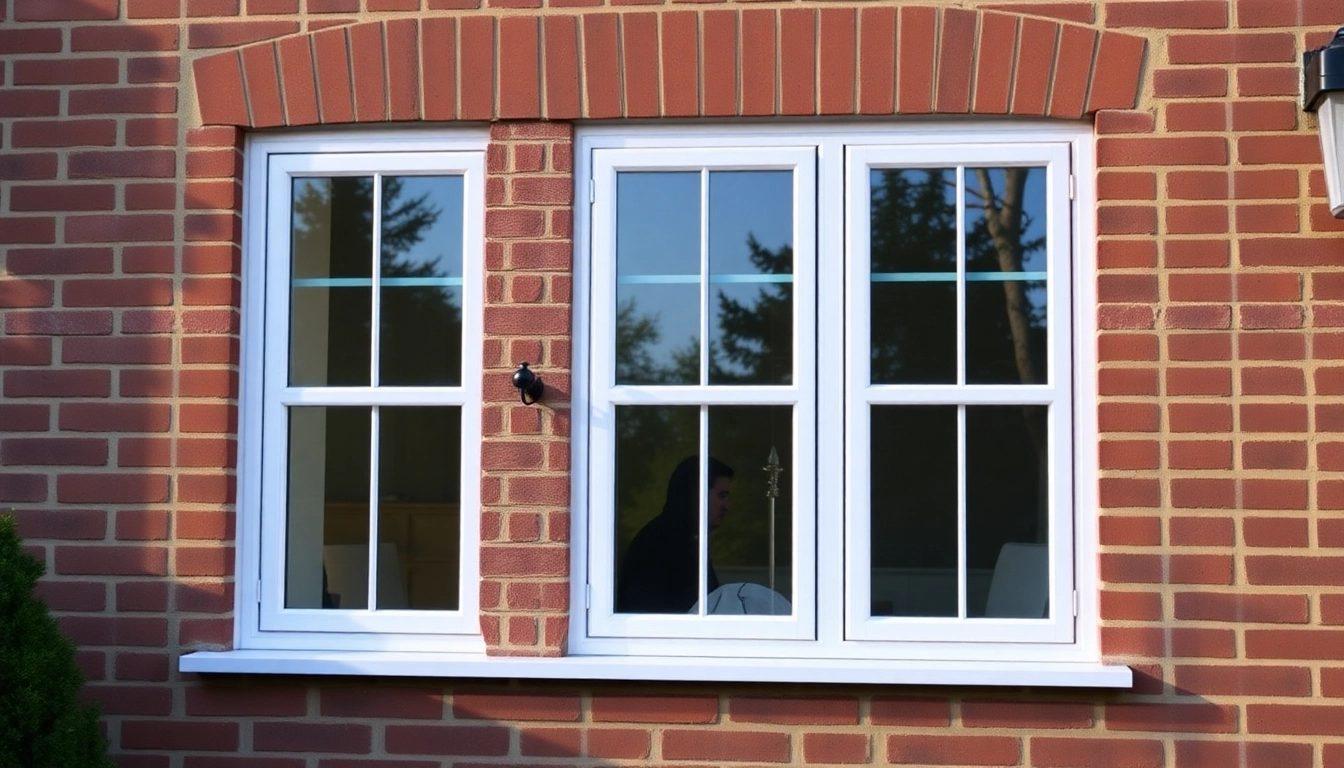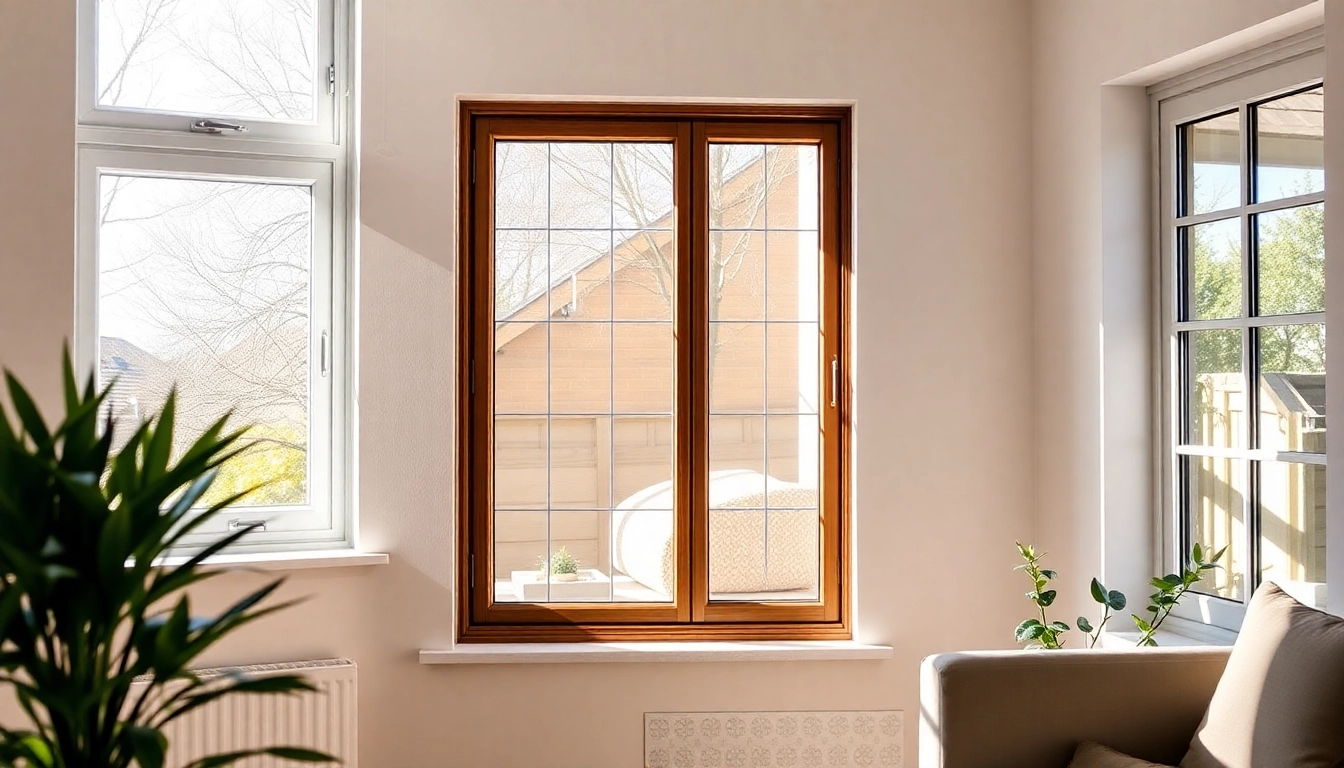Understanding Noise Reduction for Sash Windows
In the heart of urban areas, where bustling streets intersect with residential life, noise pollution has become a prevalent issue. Among the various architectural styles, sash windows, iconic for their functionality and aesthetic appeal, can often become unwelcome conduits for external noise. This article delves deep into effective noise reduction for sash windows, addressing not only methods for soundproofing but also the importance of such measures for homeowners seeking tranquility.
What is Noise Pollution?
Noise pollution refers to any excessive or harmful levels of noise that disturb daily life. Common sources include traffic, construction activities, and even loud music from nearby establishments. Scientific studies have linked noise pollution to several health issues—such as stress, sleep disturbances, and reduced productivity. It can fundamentally alter your living environment, transforming peaceful homes into sources of stress and discomfort.
How Sash Windows are Affected by Noise
Sash windows, characterized by their vertically sliding frames, provide elegance and history to buildings, particularly in the UK. However, these traditional windows are often less effective than modern solutions in insulating against noise. Their single-pane designs and typically loose-fitting frames can allow sound waves to penetrate easily, making them notorious for poor acoustic performance. Understanding this vulnerability is the first step toward more effective noise reduction strategies.
The Importance of Soundproofing
Installing soundproofing measures not only enhances home comfort but can also protect your mental well-being. Homes that face high traffic or busy urban environments can greatly benefit from upgrades that reduce exterior noise, creating a serene indoor atmosphere conducive to relaxation and productivity. Soundproofing adds value to your property while preserving the historical integrity of sash windows.
Methods for Noise Reduction in Sash Windows
Secondary Glazing Solutions
One of the most effective methods for enhancing the soundproofing of sash windows is through secondary glazing. This technique involves adding an extra layer of glass on the interior side of the existing window. Secondary glazing can significantly reduce noise by creating an air gap that dampens sound waves. Studies show that secondary glazing can reduce noise transmission by up to 70%, making it a popular choice for urban homeowners. When considering secondary glazing, options like laminated glass can improve acoustic performance due to its density.
Using Acoustic Seals and Weatherstripping
Another straightforward approach to enhance noise insulation is through the use of acoustic seals and weatherstripping. Installing high-quality compression seals around the perimeter of sash windows can minimize air gaps, effectively blocking out noise. Unlike traditional brush seals, compression seals provide a tighter fit and are more effective in noise reduction. Weatherstripping materials, available in various thicknesses and materials, can be installed without extensive renovations, making this option accessible to many homeowners.
Choosing the Right Glazing Options
The type of glazing used in your sash windows plays a crucial role in noise reduction. Windows can either use double or triple glazing, which not only provides thermal insulation but also enhances acoustic performance. Double-glazed units are generally more effective at noise reduction than single-pane alternatives, while premium triple-glazed windows can provide the maximum barrier against sound. Homeowners should consider the thickness of the glass as well; differing thicknesses can disrupt sound waves more effectively, reducing overall noise penetration.
Cost-Effective DIY Techniques
Heavy Curtains and Fabrics
For budget-conscious homeowners, heavy curtains or acoustic drapes represent a simple yet effective solution for reducing noise infiltration. These thick materials can help absorb sound, particularly in rooms that face busy streets or construction sites. When purchasing curtains, look for those labeled as “soundproof” or “acoustic,” as these are specially designed to combat noise pollution. Layering curtains with other insulating materials, like blackout lining, can further improve their effectiveness.
Sealing Gaps Effectively
Small gaps around sash windows can be major conduits for noise. Utilizing acoustic caulk to seal these gaps can dramatically improve acoustical performance. This type of caulk is specifically formulated to remain flexible over time, ensuring that it maintains a strong seal that doesn’t crack or deteriorate under varying conditions. Regular maintenance checks to ensure that seals remain intact can help sustain your noise reduction efforts.
Soundproofing Panels and Inserts
In addition to heavy curtains and caulk, soundproofing panels can be used as a supplementary measure to block noise. These panels are made from various sound-absorbing materials, such as foam or fiberglass, and can be attached directly to the window or the walls surrounding them. Another option includes soundproof window inserts, which are custom-fit acrylic or glass panels that can be installed over existing panes. They are especially effective in reducing noise while offering a modern touch to traditional sash windows.
Professional Solutions for Enhanced Noise Reduction
Advantages of Hiring Experts
While many noise reduction techniques can be executed by proactive homeowners, hiring professionals can deliver more refined results. Experts in window soundproofing possess an understanding of materials, acoustic principles, and the nuances of sound transmission that many DIY enthusiasts may lack. This expertise not only ensures proper installation but also maximizes efficiency and effectiveness.
Comparing Custom Options and Pre-Made Solutions
When it comes to professional solutions, homeowners can choose between custom installations and pre-made soundproofing systems. Custom solutions can be tailored to specific window dimensions and visual styles while often providing superior sound insulation properties tailored to individual noise situations. On the other hand, pre-made options tend to be cost-effective and quicker to install. Homeowners should assess their specific needs, budgets, and aesthetic considerations when making a decision.
Long-term Benefits of Professional Installation
Investing in professional soundproofing can offer substantial long-term benefits. Beyond immediate noise reduction, high-quality installations can enhance the overall living experience and improve home value. Professional installations typically come with warranties and guarantees, promising that the improvements made will stand the test of time and provide lasting comfort and peace.
Measuring Performance and Effectiveness
Understanding Decibel Levels
To truly appreciate the effectiveness of your noise-reduction measures, it’s crucial to understand decibel (dB) levels. Normal conversation levels range around 60 dB, while sounds like traffic can reach 70 dB or higher. The goal of soundproofing is to achieve a significant reduction in these levels within your home. Generally, a reduction of 10 dB is perceived as halving the loudness of sound. Evaluating your environment’s decibel levels can help gauge the success of your noise abatement strategies.
Assessing Before and After Results
After implementing noise reduction measures, conducting a before-and-after assessment is vital. Measuring sound levels pre- and post-installation of soundproofing solutions allows homeowners to quantify improvements accurately. This methodical approach not only helps in evaluating the effectiveness of the changes made but also informs potential future enhancements to further optimize acoustic outcomes.
Maintaining Your Soundproofing Solutions
Ongoing maintenance is critical to ensuring that soundproofing solutions remain effective. Regularly inspecting seals, glazing, and physical soundproofing barriers enables timely repairs or replacements, preventing any diminishment in performance. Homeowners should consider scheduling periodic assessments with professionals to ensure that their noise reduction features function optimally, thus preserving the tranquility they aim to achieve.



